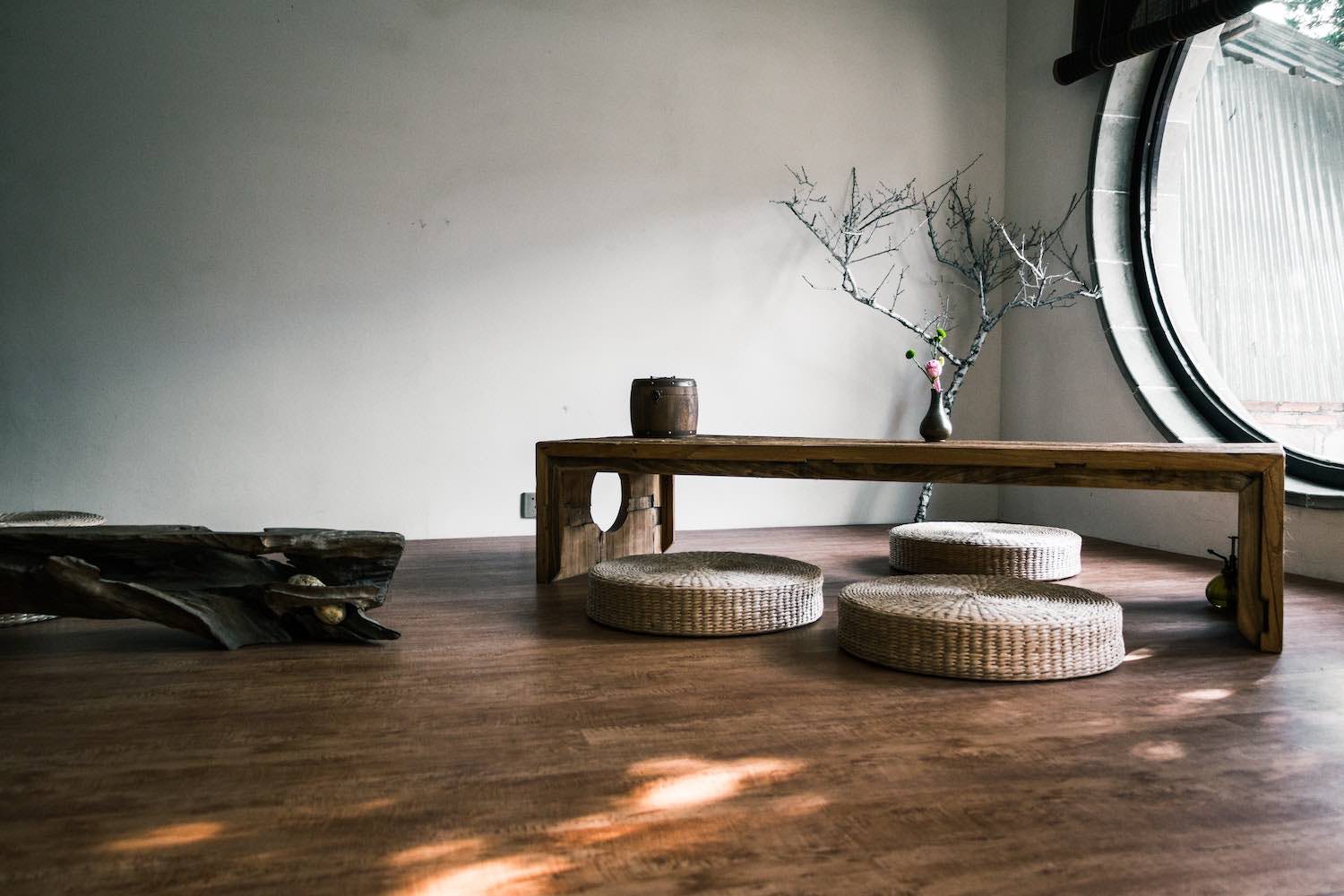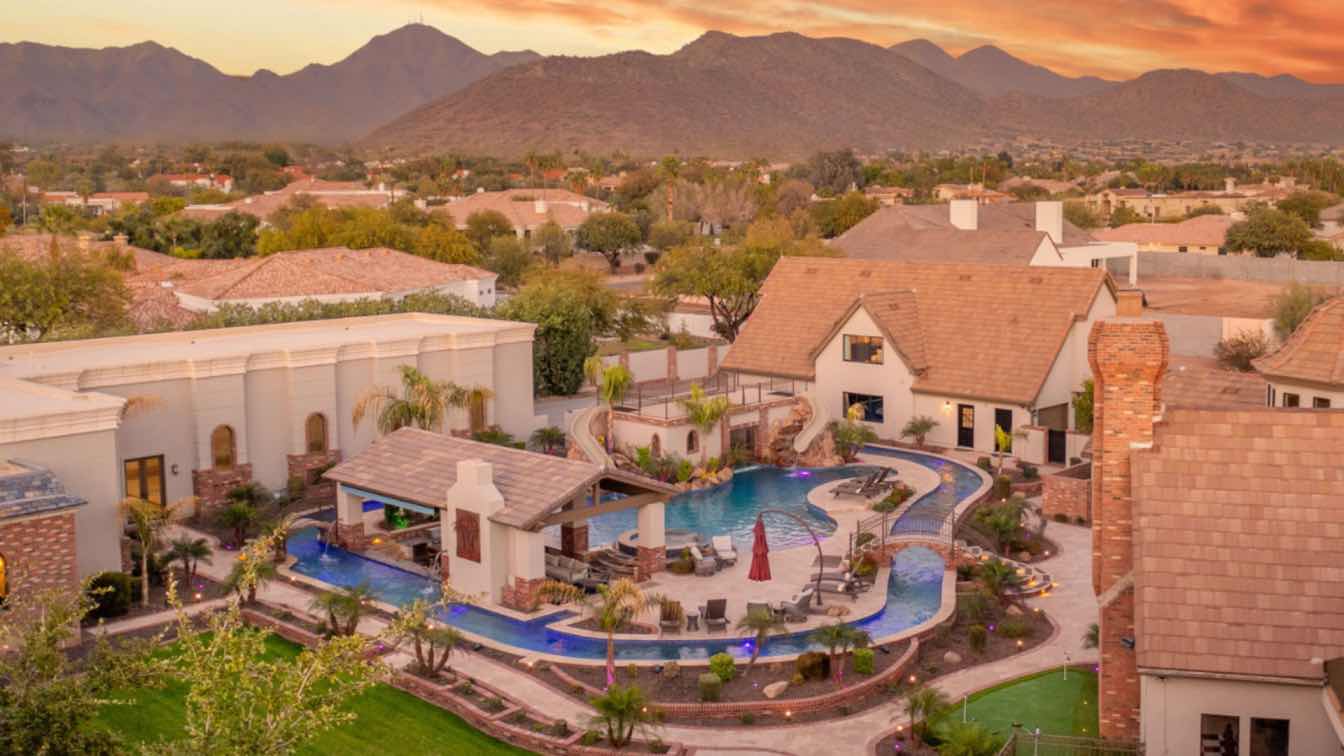With the clear goal of the EU, the USA and many other countries to achieve CO₂ neutrality by 2050, sustainability is no longer just a building trend, but is becoming a top priority.
Architects around the world are increasingly focussing on designing environmentally friendly and energy-efficient buildings, which will have a significant impact on architectural trends for 2024. Both the refurbishment of existing buildings and the construction of new buildings offer the sustainable building material wood an excellent opportunity to shine.
Advances in engineering and technology are making it possible to build bigger and higher in timber, ensuring safety, durability and even fire safety. The latter has been a significant barrier to the widespread acceptance of towering timber structures.
For a deeper understanding of how sustainability intersects with modern business practices, including the gambling industry, visit Richard casino login Australia. This approach emphasises the broad applicability of environmental principles across multiple sectors, highlighting the collective movement towards a sustainable future. In addition, you can relax and enjoy a huge collection of slots to suit all tastes.
Statement by Antonia Cruel:
"Crises have a major impact on the future of architecture and what gets built. But apart from the negative effects of crises that are portrayed in the media (rising interest rates, declining building completions, lack of affordable housing ...), every crisis also harbours opportunities. And this is what we must now focus on in 2024 - both in construction practice and in reporting: New construction will be expensive and is environmentally UNfriendly, but at the same time we can create usable space by promoting conversions of existing buildings and implementing them in a way that conserves resources or is at least based on renewable raw materials. This can create space for living models beyond the nuclear family, i.e. space that does justice to our diverse, colourful society with modern demands."
Antonia Cruel is a freelance architect and has been working for Teamwerk Architekten, among others, since 2021. Prior to this, she successfully completed her Master's degree in Architecture at TUM in Munich. Through projects during her year abroad at ETH Zurich in Colombia and Johannesburg, focussing on lighting, water infrastructure and housing creation, she experienced the importance of architecture for infrastructurally weak regions. Since then, she has considered architecture to be unthinkable without added social value and consideration of site-specific requirements and challenges, and she is a lobbyist for intelligent interim utilisation and multiple use of buildings.
Let's take a closer look at the most important architectural trends we expect to see this year.
Race to zero and the renovation wave
The EU is aiming for net zero CO2 emissions by 2050. To limit the effects of climate change, almost the entire EU and many other leading countries are aiming to reduce CO₂ emissions by 40 % by 2030 and achieve net-zero CO2 emissions by 2050.
Net zero refers to a state in which greenhouse gases released into the atmosphere are offset by removal from the atmosphere. One aspect of decarbonising economies looks at renovations, as buildings still account for 40% of the EU's total energy consumption and 36% of CO₂ emissions.
The European Commission is aiming to at least double renovation rates over the next ten years. By 2030, 35 million buildings are to be renovated according to the EU's climate-related legislation, and a further 220 million by 2050 to make them more energy efficient.
Wood can play a crucial role in the transition to carbon-neutral buildings as it is a 100% renewable, recyclable and non-toxic building material. Wood can trap the CO₂ absorbed during its lifetime and act as a temporary carbon store. The longer the wood remains in use, the longer the CO₂ is removed from the atmosphere, mitigating the effect of global warming.
Statement by architect Stefan Bielefeld (SSP Architekten):
"We decide today what the world will look like tomorrow - ecologically sustainable planning and building is our contribution. That's why specialising in existing buildings in conjunction with our GreytoGreen® planning methodology has been a priority for us for over 40 years. The future belongs to the transformation of existing buildings. The natural building material wood - with all its possibilities - is a valuable contribution to this."
Stefan Bielefeld is a partner at SSP AG, one of the leading integrated planning offices in Germany with around 200 employees and offices in Bochum, Aachen, Karlsruhe and Berlin. The working methods of the flexible teams consisting of architects, urban planners, building services engineers, experts and property economists are subject to the premises of the GreytoGreen® label created by SSP in 2019, which, in addition to implementing the three sustainability principles of efficiency, sufficiency and consistency, focuses on ecology and climate resilience without neglecting social and economic aspects. On the basis of 20 points and underlying assessment levels, it is possible to create buildings that can be successfully developed and realised with the help of integral planning, interdisciplinarity and a methodologically and scientifically sound approach.
Improvements in technology enable higher goals
Constructing large, tall buildings with wood is currently a global trend. This means that wood is being used not only for the construction of private homes, but also for apartment blocks, large-scale public buildings and even skyscrapers.
The use of solid wood materials, charring mechanisms and fire protection technology makes building larger and taller wooden structures not only possible, but also a better, greener and safer choice.
As solid timber components can be precisely prefabricated, this minimises construction waste and ensures faster assembly. In addition, the use of wood reduces the need for heavy construction equipment during building work.
In recent years, we have seen several examples of the use of timber for really tall buildings around the world: Mjøstårnet in Norway (84 metres), Ascent in Milwaukee, Wisconsin, USA (86.6 metres), HoHo Vienna in Austria (will reach 84 metres on completion).
Statement by Prof Amandus Samsøe Sattler:
"The discourse on circular economy within the construction value chain urgently needs a way of realising less consumption and regeneration in order to act with a more positive environmental impact instead of overexploiting the environment and resources. As architects, we therefore have a new responsibility, which should also become visible in a structural and aesthetic response.
But what does this mean for us planners in concrete terms? Stop building? Conversion instead of new construction? Material-efficient construction? Climate-friendly, climate-positive building materials? Reusing existing building components? All of these topics are right and will take the industry forward: building less new buildings, using construction methods and materials with reduced greenhouse gas emissions and practising an appreciative approach to existing buildings and components. Building is contributing to a social development from an expansive to a reductive modernity: making more out of less. A new mood is emerging for a different circular productivity and a polyphonic aesthetic, a symbiosis of the diversity of different forms of expression."
Prof Amandus Samsøe Sattler is the founder of Allmann Sattler Wappner Architekten, an award-winning architecture firm in Munich and President of the German Sustainable Building Council, DGNB e.V. He already has 35 years of experience with multi-layered typologies of architecture, from urban development, monument protection, cultural, residential and commercial buildings to interior design and building in existing structures. With his newly founded architecture studio ensømble, he focusses on longevity, reduction and aesthetics and plans and builds strategies with architecture, in ensemble with others.
Bringing nature back to urban spaces
When used in architectural landscape design, wood can transform large open spaces such as public parks, plazas, seating areas and waterfronts into more intimate and engaging spaces that invite people to interact with their surroundings.
The increasing recognition of the need to use sustainable design approaches to mitigate the effects of climate change is a direct result of the increased visibility of these effects. Architects have a significant responsibility to address this challenge, particularly in the design of sustainable landscapes.
Architects can contribute significantly to this cause by integrating biophilic design and carbon-neutral architecture to create landscapes that not only mitigate the effects of climate change, but also promote human health and well-being.
Examples of sustainable landscape design include practices such as rainwater harvesting, the use of native plant species.





